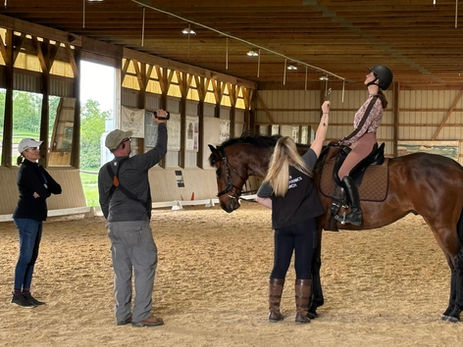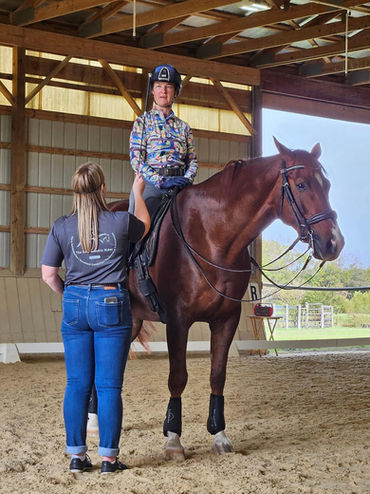About us
Find out more about our Neurocentric approach and our team
Our approach at The Neurocentric Rider
A neurocentric approach to horseback riding examines how the nervous system and the brain interact to control and communicate with the rest of the body during movement, including coordination, accuracy, balance, weakness, and tightness. We look at movement and pain neurology, neurophysiology, and the higher-order systems (vision, vestibular and proprioception) then link them to the muscular-skeletal system.
A sports therapist, physiotherapist, biomechanics coach, or pilates instructor will typically approach movement from the perspective of the muscular-skeletal system, but as research advances, our understanding of the human body and its functions expands. It is known that these systems can only communicate with the brain and that a "threat matrix" governs their operation (how dangerous your brain finds something). Your performance, strength, flexibility, balance, and coordination will all be good if the threat is LOW. You will experience tightness, weakness, poor coordination, and imbalance if your danger level is HIGH, which is something we as riders do not want.
In order to determine what is causing your threat response, we at The Neurocentric Rider assess the entire movement screen, seeing how you process information, how you use different brain regions, and the output they provide. Simple causes include prior trauma and compensation, concussions, lack of activation, problems with vision or hearing, respiratory mechanics, or brain drainage, to mention a few.
Gallery
Our Signature Aesthetic








Meet the Team
Lotti Hutchinson





